This article was medically reviewed by Theodore Leng, MD. Dr. Leng is a board certified Ophthalmologist and Vitreoretinal Surgeon and an Assistant Professor of Ophthalmology at Stanford University. He completed his MD and Vitreoretinal Surgical Fellowship at Stanford University in 2010. Dr. Leng is a Fellow of the American Academy of Ophthalmology and the American College of Surgeons. He is also a member of the Association for Research in Vision and Ophthalmology, the Retina Society, the Macula Society, the Vit-Buckle Society, as well as the American Society of Retina Specialists. He received the Honor Award by the American Society of Retina Specialists in 2019.
There are 13 references cited in this article, which can be found at the bottom of the page.
wikiHow marks an article as reader-approved once it receives enough positive feedback. In this case, 88% of readers who voted found the article helpful, earning it our reader-approved status.
This article has been viewed 127,477 times.
Research suggests that a detached retina may cause grey or black floaters in your vision, flashes of light in one or both eyes, or a dark curtain in your field of vision.[1] These symptoms can be very scary, so you're probably worried. Your retina is a thin piece of light-sensitive tissue at the back of your eye that can become detached if it tears or pulls away from your eye. Experts agree that you need immediate treatment for a detached retina, so go to the doctor as soon as you notice symptoms.Your doctor may be able to repair your detached retina with surgery and other eye treatments.
Steps
Healing After a Vitrectomy
-
1Prepare for surgery. As with other retinal surgeries, you will be required to abstain from eating or drinking anything for between two and eight hours before the procedure. You may also be instructed to use eye drops to dilate the pupils before surgery.[2]
-
2Have a vitrectomy. In a vitrectomy, your doctor will remove the vitreous fluid from inside the eyeball, and will remove any tissue that may be preventing the retina from healing. Your doctor will then fill the eye with air, gas, or liquid to replace the vitreous, allowing the retina to reattach and heal.[3]
- This procedure is the most commonly-performed type of retinal surgery.
- Over time, the substance (air, gas, or liquid) your doctor injected is absorbed by the eye, and your body will produce fluid that will fill the vitreous cavity. If your doctor used silicone oil, however, he will need to surgically remove the oil after several months have passed and the eye has healed.
Advertisement -
3Recover from surgery. After a vitrectomy, your doctor will send you home with specific care instructions for your eye to help ensure a full recovery. Follow your doctor's instructions carefully, and ask him if you're uncertain of what to do. Your doctor may instruct you to:
- Take a pain reliever, like acetaminophen
- Use prescription-strength eye drops or ointments
-
4Stay in position. After a vitrectomy, most patients are instructed to keep the head stable in a specific position. This is known as "posturing," and it is vital to allow the bubble to settle into the correct position.[4] It can also be helpful in maintaining the eye's shape after surgery.
- Follow your doctor's instructions on posturing to allow the retina to heal.[5]
- Do not travel by airplane until the gas bubble is fully absorbed. Your doctor will tell you when it is safe to fly again.[6]
- Having gas bubbles in the eye may cause complications in other surgeries. Let your doctor know about the gas bubbles before any subsequent surgeries, and before being administered general anesthetic, especially nitrous oxide.
-
5Use an eye box. Your doctor may give you an eye box to help your eye heal. He will instruct you on how to use the eye box, and will let you know how long to continue using it.
- Wash your hands thoroughly with soap and water before handling any eye equipment.
- Soak cotton balls in the prescribed eyewash solution.
- Loosen any crust that may have formed on your eye, then wipe gently from the inside of your eye across to the outside. If you are treating both eyes, use separate cotton balls for each eye.
-
6Wear a shield and patch. Your doctor may give you an eye patch and an eye shield to help your eye heal. These tools will help you protect your eye while sleeping and whenever you are outdoors.[7]
- Wear the eye shield for at least a week, or for as long as your doctor instructs you to continue use.#* The eyepatch will help protect your eye from bright lights, like the sun, and will help prevent dirt and debris from entering your healing eye.
Healing After a Pneumatic Retinopexy
-
1Prepare for surgery. Prior to any surgery, you will be given specific instructions to prepare for surgery. Common preparations for surgery include:
- Abstaining from food and beverages for between two and eight hours before the operation
- Using eye drops to dilate the pupils (if instructed to do so by your doctor)[8]
-
2Undergo a pneumatic retinopexy. A pneumatic retinopexy involves your doctor injecting a bubble of air or gas into the vitreous cavity of your eye. The vitreous is the gelatinous material that helps keep the shape of the eye.[9] The bubble should land against the site of the tear and seal the retinal break.
- Once the site of the tear is sealed, it will no longer allow fluid to flow into the space behind the retina. The tear will heal with laser or freezing treatment.
- Your doctor will use laser or freezing treatments to create scar tissue in order to keep the retina firmly in place.[10]
-
3Recover from surgery. After the surgery, your doctor will give you specific instructions on how to care for your eye. Until the gas bubble in your eye is fully absorbed, it may cause complications during future surgeries.
- Let your doctor know about the gas bubble in your eye before being administered general anesthesia or being operated on.[11]
- Do not travel by airplane until the gas bubbles in your eye are fully absorbed. Your doctor will let you know when it is safe to travel by airplane again.
-
4Use an eyepatch and shield. Your doctor may recommend that you wear an eyepatch when you leave the house to protect your eye from sunlight and dirt/debris. You may need to wear an eye shield while sleeping to prevent damage that could be caused by lying on a pillow.[12]
-
5Apply eyedrops. Your doctor will most likely prescribe you eye drops to help keep your eyes moisturized and free of infection during the healing process.[13]
- Follow your doctor's instructions on applying eye drops and other medications.
Recovering from a Scleral Buckling
-
1Prepare for surgery. The same basic preparations will apply to all types of retinal surgeries. Do not eat or drink anything for between two to eight hours before the surgery (you doctor will advise you), and use eyedrops to dilate the pupils (if your doctor instructs you to do so).[14]
-
2Have a scleral buckling. In this procedure, your doctor will suture a piece of silicone rubber or sponge, called a buckle, to the white of your eye, which is called the sclera. The material sutured to your eye will create a slight indentation in the wall of the eye, thereby relieving some of the strain at the site of the detachment.[15]
- In cases where there are several tears/holes in the retina or when the detachment is extensive and severe, your surgeon may recommend a scleral buckle that wraps around the entire eye.[16]
- In most cases, the buckle is usually left on the eye permanently.[17]
- Your doctor may use laser or freezing treatment to create scar tissue around the retina. This will help seal the seal the retinal tear/break to the wall of the eye, preventing fluid from detaching the retina.[18]
-
3Recover from surgery. After a scleral buckling, your doctor will send you home with specific instructions on how to care for your eye and ensure a full recovery. Follow your doctor's instructions, and ask her questions if you're uncertain of what to do. Common post-operative instructions include:
- Taking acetaminophen to relieve pain
- Using prescription eye drops or ointments
-
4Use an Eye Box. Your doctor may give you an eye box to help your eye heal. Wash your hands thoroughly with soap and water before handling any eye equipment.
- Soak cotton balls in the prescribed eyewash solution.
- Lay the cotton balls across your eyelid for a few seconds to loosen any crust that may have formed on your eye.
- Gently wipe from the inside of your eye across to the outside. If you are treating both eyes, use separate cotton balls for each eye to avoid the risk of infection.
-
5Wear a shield and patch. Your doctor may give you an eye patch and an eye shield to help your eye heal. How long you wear these will depend on your doctor's recommendations.
- You will most likely have to wear both the eyepatch and shield over the eye at least until your follow-up visit (usually the next day).
- You may need to wear the patch outdoors to protect your eye and shield the healing eye from direct sunlight. You can also wear dark sunglasses to help protect your eye while it heals.
- Your doctor may instruct you to wear the metal shield over your eye while you sleep for at least one week. This is to prevent injury to your eye, in case you roll over onto your pillow.
Taking Precautions After a Surgery
-
1Give yourself rest time. For several days or up to a week after surgery, you will need time to rest and recover from the procedure. During this time you should avoid all strenuous activity, and avoid any activities that may cause strain or discomfort to your eye.[19]
-
2Keep the eyes clean. After your surgery, you will need to keep the eyes as clean as possible until the retina is fully healed. To do this, your doctor may recommend:
- taking extra precaution in the shower to avoid soap from entering the eye
- wearing an eyepatch or eye shield to protect the eye
- avoiding touching or rubbing your eye[20]
-
3Use eye drops. Many people experience itching, redness, swelling, and discomfort following retinal surgery. Your doctor will most likely prescribe eyedrops, or recommend over-the-counter eye drops, to treat these symptoms.[21]
- Follow the instructions your doctor or pharmacist gives you for proper dosage.
-
4Adjust your vision prescription. Some people experience blurred vision after retinal surgery, which can last for many months in some cases. This is typically the result of a scleral buckle changing the shape of the eyeball. If you experience blurred vision, your doctor may prescribe new glasses to correct the problem.[22]
-
5Avoid driving or straining your eye. Once you've completed retinal surgery, you will most likely be unable to drive a vehicle for several weeks. Many people experience blurred vision after undergoing retinal surgery, and you may be forced to wear an eyepatch for several weeks.[23]
- While your eye is healing, your doctor will recommend that you avoid driving until your vision improves and your condition becomes more stable.
- Avoid watching television or staring at a computer screen for prolonged periods of time. This may cause eye strain that could further complicate your recovery time. You may also experience sensitivity to light after the surgery, and may find it difficult to look at electronic screens. Reading for prolonged periods may also be difficult.
Warnings
- Call your eye doctor or surgeon immediately if you notice any changes in vision; signs of infection such as fever and/or chills; redness, swelling, bleeding, or excessive discharge from the affected eye; shortness of breath, coughing, or chest pain; severe and/or persistent pain; or any new symptoms.⧼thumbs_response⧽
References
- ↑ https://www.nei.nih.gov/learn-about-eye-health/eye-conditions-and-diseases/retinal-detachment
- ↑ http://www.nhs.uk/Conditions/Retinal-detachment/Pages/Treatment.aspx
- ↑ http://www.mayoclinic.org/diseases-conditions/retinal-detachment/basics/treatment/con-20022595
- ↑ https://www.hopkinsmedicine.org/health/wellness-and-prevention/vitrectomy
- ↑ https://www.hopkinsmedicine.org/health/wellness-and-prevention/vitrectomy
- ↑ https://www.hopkinsmedicine.org/health/wellness-and-prevention/vitrectomy
- ↑ https://health.ucdavis.edu/eyecenter/pdf/post_op_instructions.pdf
- ↑ https://www.aao.org/clinical-video/pneumatic-retinopexy-rhematogenous-retinal-detachm
- ↑ https://nei.nih.gov/health/vitreous/vitreous
- ↑ https://www.hopkinsmedicine.org/health/wellness-and-prevention/pneumatic-retinopexy
- ↑ http://www.nhs.uk/Conditions/Retinal-detachment/Pages/Treatment.aspx
- ↑ https://health.ucdavis.edu/eyecenter/pdf/post_op_instructions.pdf
- ↑ https://health.ucdavis.edu/eyecenter/pdf/post_op_instructions.pdf
- ↑ http://www.nhs.uk/Conditions/Retinal-detachment/Pages/Treatment.aspx
- ↑ http://www.mayoclinic.org/diseases-conditions/retinal-detachment/basics/treatment/con-20022595
- ↑ http://www.mayoclinic.org/diseases-conditions/retinal-detachment/basics/treatment/con-20022595
- ↑ http://www.mayoclinic.org/diseases-conditions/retinal-detachment/basics/treatment/con-20022595
- ↑ https://www.rcsd.com/services/scleral-buckle
- ↑ https://myhealth.alberta.ca/Health/aftercareinformation/pages/conditions.aspx?hwid=abp2623
- ↑ http://www.nhs.uk/Conditions/Retinal-detachment/Pages/Recovery.aspx
- ↑ http://www.medicinenet.com/retinal_detachment/page8.htm#what_are_complications_of_surgery__for_a_retinal_detachment_and_what_is_recovery_like_after_retinal_detachment_surgery
- ↑ http://www.medicinenet.com/retinal_detachment/page8.htm#what_are_complications_of_surgery__for_a_retinal_detachment_and_what_is_recovery_like_after_retinal_detachment_surgery
- ↑ https://www.betterhealth.vic.gov.au/health/conditionsandtreatments/retinal-detachment
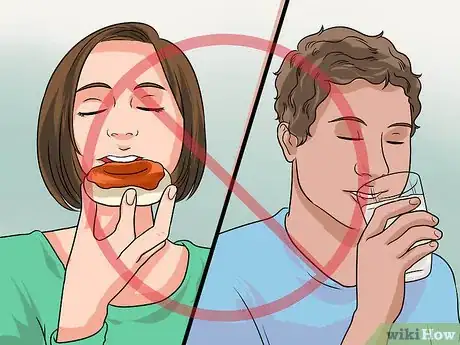

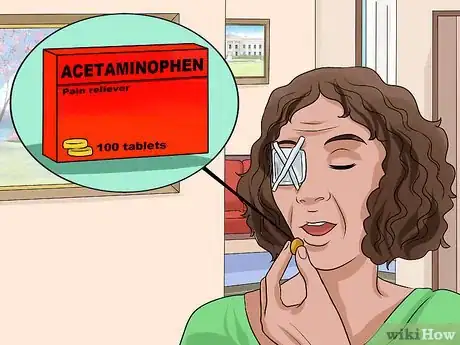
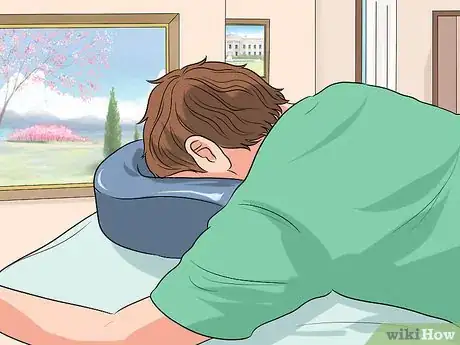
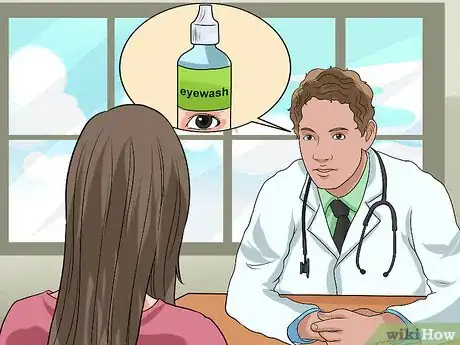
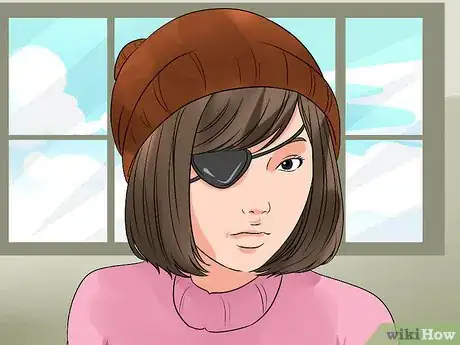
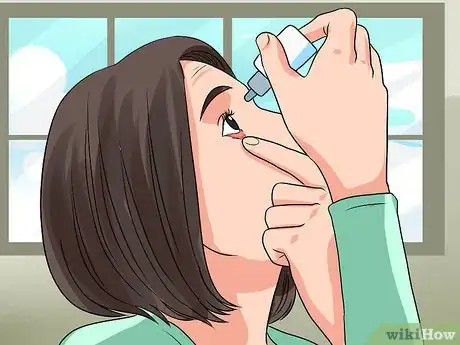
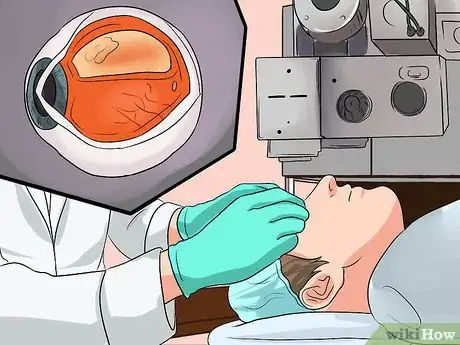
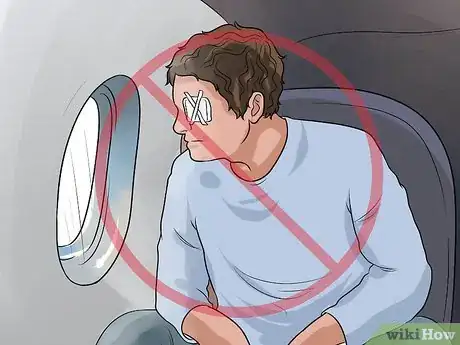
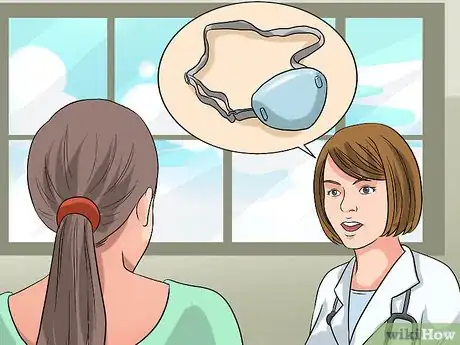

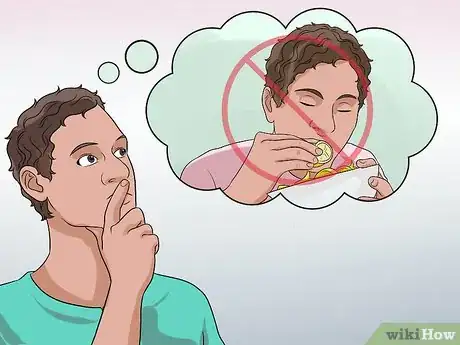
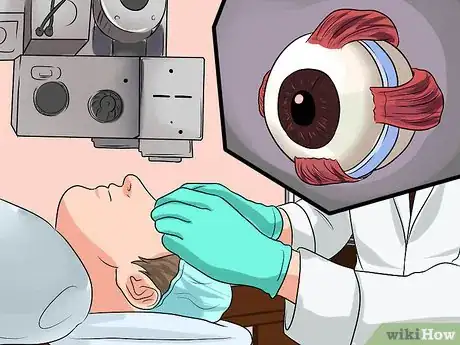
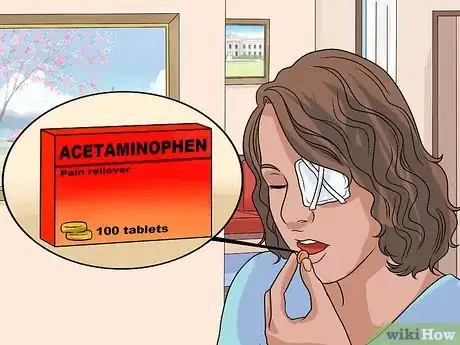
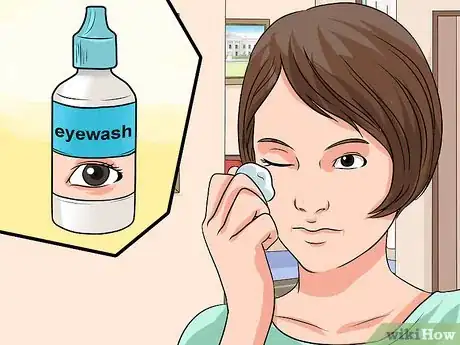
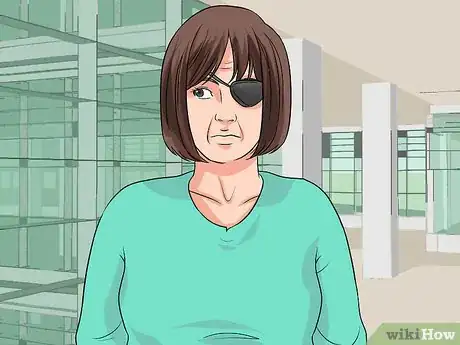
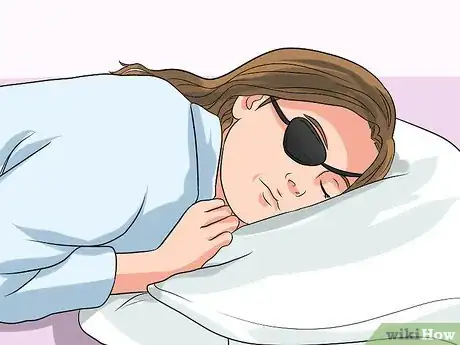
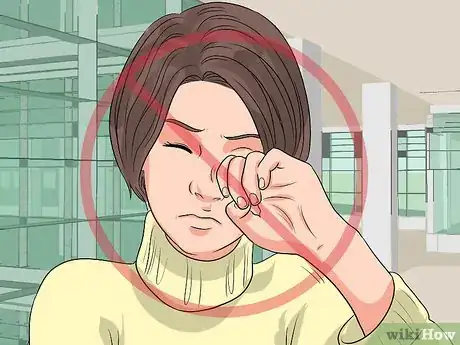








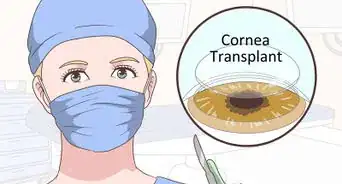
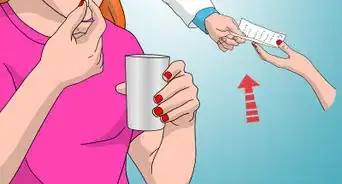
























































Medical Disclaimer
The content of this article is not intended to be a substitute for professional medical advice, examination, diagnosis, or treatment. You should always contact your doctor or other qualified healthcare professional before starting, changing, or stopping any kind of health treatment.
Read More...